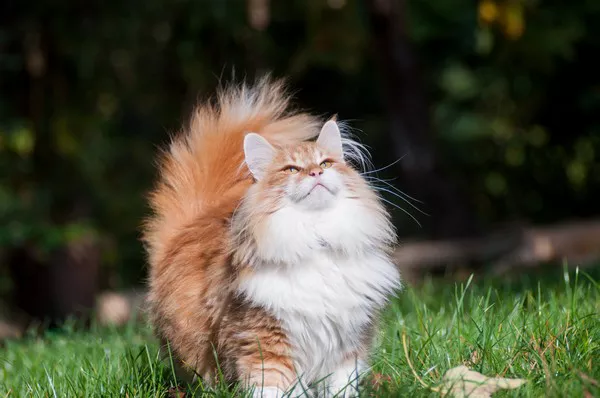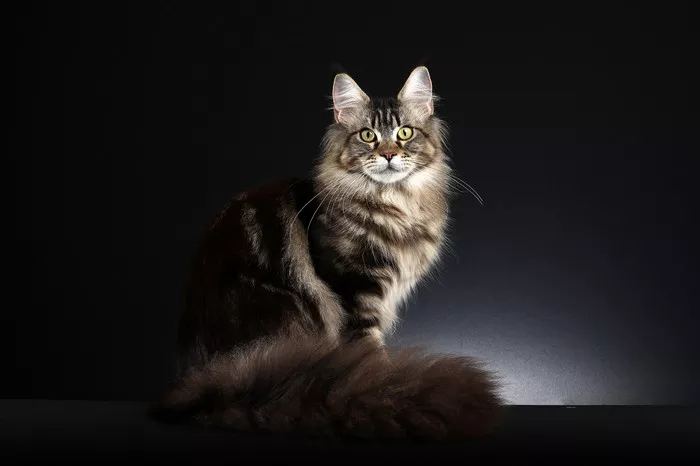Cats, known for their fastidious grooming habits, may sometimes require professional assistance when it comes to haircuts. Whether it’s managing a long-haired breed’s coat or addressing specific grooming needs, the cost of cutting a cat’s hair can vary based on several factors. In this article, we delve into the considerations that influence grooming costs, explore the different types of cat haircuts, and provide insights into what cat owners can expect when seeking professional grooming services.
Factors Influencing Cat Grooming Costs:
Breed and Coat Length:
The breed of the cat and the length of its coat are significant determinants of grooming costs. Long-haired breeds, such as Persians or Maine Coons, often require more extensive grooming sessions compared to short-haired breeds. The complexity of managing longer coats contributes to the variation in pricing.
Grooming Needs:
The specific grooming needs of the cat play a crucial role in determining the cost. Cats with matting or tangled fur may require additional time and effort to address these issues. Grooming services that include dematting, brushing, and detangling will typically incur higher costs.
Behavior and Temperament:
The behavior and temperament of the cat during grooming sessions influence the ease with which a groomer can work. Cats that are more cooperative and comfortable with grooming procedures may require less time, resulting in lower grooming costs. Conversely, cats that are anxious, aggressive, or unaccustomed to grooming may necessitate more time and care, impacting the overall cost.
Health Conditions:
Cats with underlying health conditions or special needs may require extra attention and care during grooming. Groomers may need to adapt their approach, use specific grooming techniques, or work at a slower pace to accommodate the cat’s health requirements. This can contribute to increased grooming costs.
Type of Grooming Services:
The specific grooming services requested by the cat owner also affect the overall cost. Basic grooming services, such as a bath and brush, will generally be less expensive than more comprehensive services, such as a full haircut or specific styling. Additional services, such as nail trimming or ear cleaning, may be offered as add-ons, contributing to the overall grooming cost.
See Also: 8 Consequences of Neglecting Cat Grooming
Types of Cat Haircuts:
Lion Cut:
The lion cut is a popular cat haircut where the body is shaved, leaving a full mane around the cat’s head and neck, resembling a lion’s appearance. This style is often chosen for long-haired cats to manage their fur and reduce shedding. The lion cut may also be suitable for cats prone to matting.
Teddy Bear Cut:
The teddy bear cut involves trimming the cat’s fur to a short, even length, giving them a plush and cuddly appearance. This cut is particularly popular for cats with thick or dense coats and provides a neat and manageable look.
Combination Cut:
Some cat owners opt for a combination cut, which involves trimming specific areas of the cat’s body while leaving other areas with longer fur. This style allows for a customized look, addressing grooming needs while maintaining a visually appealing aesthetic.
Belly Shave:
Cats with long fur on their bellies may benefit from a belly shave, which involves shaving the hair on the underside of the cat to prevent matting and reduce the risk of debris accumulation. This cut is practical for cats that may not tolerate a full-body shave.
Sanitary Trim:
A sanitary trim involves trimming the fur around the cat’s hindquarters and genital area. This cut helps maintain cleanliness and prevents the accumulation of waste in the fur. It is a practical choice for cats that may struggle with grooming these areas on their own.
What to Expect in Terms of Costs:
Basic Grooming Services:
Basic grooming services, including a bath, brush, and nail trimming, typically range from $30 to $50. These services are suitable for cats with shorter coats or those who require routine maintenance. The cost may increase if additional services, such as ear cleaning or teeth brushing, are included.
Full Haircut or Lion Cut:
Full haircuts, such as a lion cut, generally incur higher costs, ranging from $50 to $100 or more. The complexity of the cut, the length of the cat’s fur, and the time required for grooming contribute to the variation in pricing. Cats that are cooperative and well-maintained may fall on the lower end of this range, while cats with more challenging grooming needs may incur higher costs.
Specialized Grooming Services:
Specialized grooming services, such as dematting or dealing with specific health-related grooming concerns, may incur additional charges. The cost for these services will depend on the extent of the grooming requirements and the time involved. It’s advisable to discuss any specialized needs with the groomer beforehand to obtain a clear understanding of the associated costs.
Additional Considerations:
Factors such as the groomer’s expertise, the geographical location, and the grooming facility’s reputation may also influence grooming costs. Groomers with extensive experience and those located in metropolitan areas may charge higher fees. Additionally, mobile grooming services, where the groomer comes to the cat owner’s location, may have different pricing structures compared to traditional grooming salons.
Practical Tips for Cat Owners:
Regular Maintenance:
To minimize grooming costs, engage in regular maintenance at home. Brush your cat’s fur regularly, particularly if they have a longer coat, to prevent matting and reduce shedding. Regular brushing also helps keep the coat clean and healthy.
Monitor Your Cat’s Health:
Keep an eye on your cat’s health and address any grooming concerns promptly. Regular veterinary check-ups can help identify potential issues, such as skin conditions or dental problems, which may impact grooming needs. Addressing health issues early may contribute to more manageable grooming sessions.
Positive Reinforcement:
Familiarize your cat with positive grooming experiences by using treats, praise, and play. Positive reinforcement helps create a more cooperative and relaxed environment during grooming sessions. Consider acclimating your cat to grooming activities gradually, starting with shorter sessions and gradually increasing the duration.
Communicate with the Groomer:
Clear communication with the groomer is essential. Discuss your cat’s specific needs, any health concerns, and the desired grooming outcome before the session. This ensures that both you and the groomer are on the same page, preventing misunderstandings and surprises when it comes to pricing.
Conclusion:
Understanding the factors influencing the cost of cutting a cat’s hair provides cat owners with valuable insights into what to expect when seeking professional grooming services. From breed and grooming needs to the specific type of haircut requested, these considerations contribute to the variation in grooming costs. By being proactive in maintaining your cat’s grooming needs at home and fostering positive grooming experiences, you can contribute to your feline companion’s overall well-being while managing grooming expenses effectively.

























